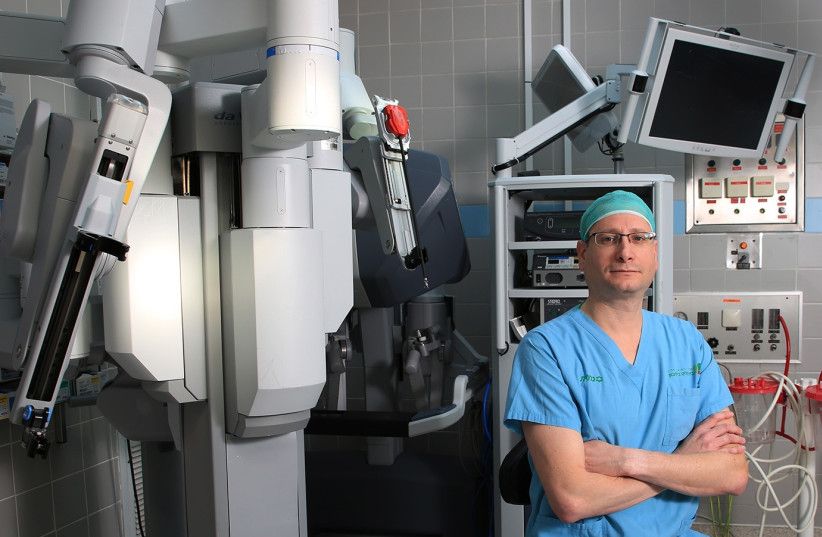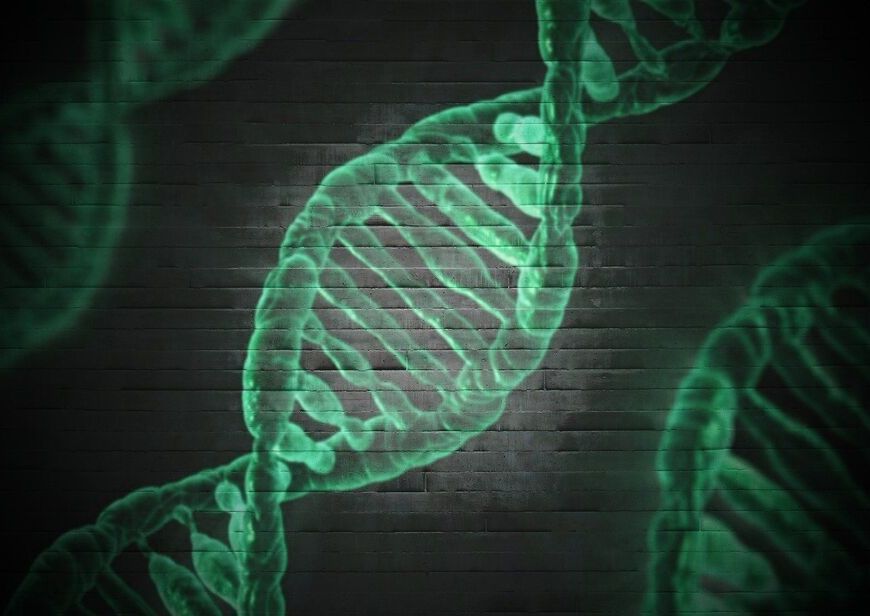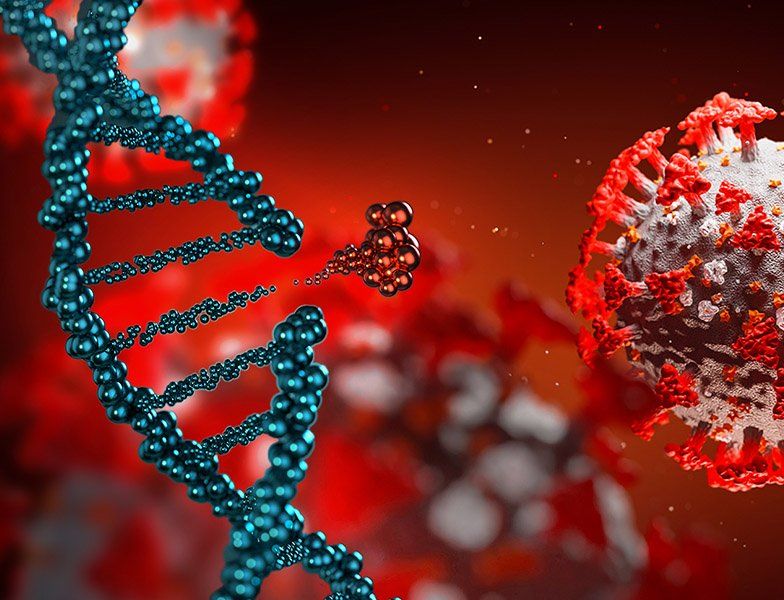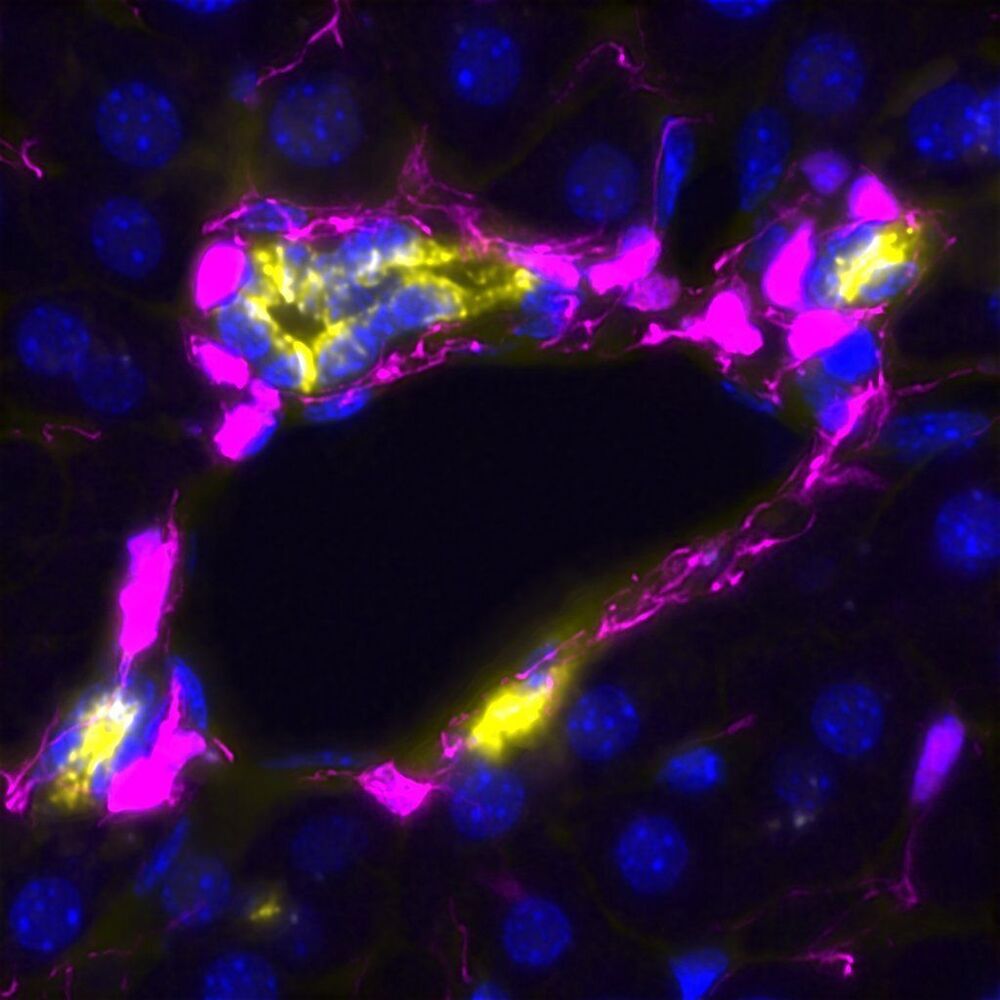For the first time in Israel, a doctor at Beilinson Hospital in Petah Tikva has used a da Vinci robot to perform the complex surgery of untrapping a man’s ureter from behind his vena cava — the largest vein in the body that carries blood to the heart from other areas.
Last month, a 41-year-old patient checked in to Beilinson suffering from the effects of retrocaval ureter, a ureter that abnormally encircles the inferior vena cava. Only one in 1500 people are born with this deformity, which worsens over decades until eventually it leads to sepsis.
With a retrocaval ureter, the ureter passes behind the large vein instead of in front of it or right by it. The only way to cure the person is to perform a complex operation to move the ureter.
Usually “open” surgery is performed, meaning the patient is cut open. But Dr. Shay Golan, head of the Urologic Oncology Service at Beilinson, decided to try something new and, for the first time in Israel, a robot performed the surgery in 50 minutes, making only three very small incisions (each less than 1 centimeter) in his belly and without any blood loss.
Dr. Shay Golan, head of the Urologic Oncology Service at Beilinson Hospital, decided to try something new and, for the first time in Israel, a robot performed the surgery in 50 minutes.








